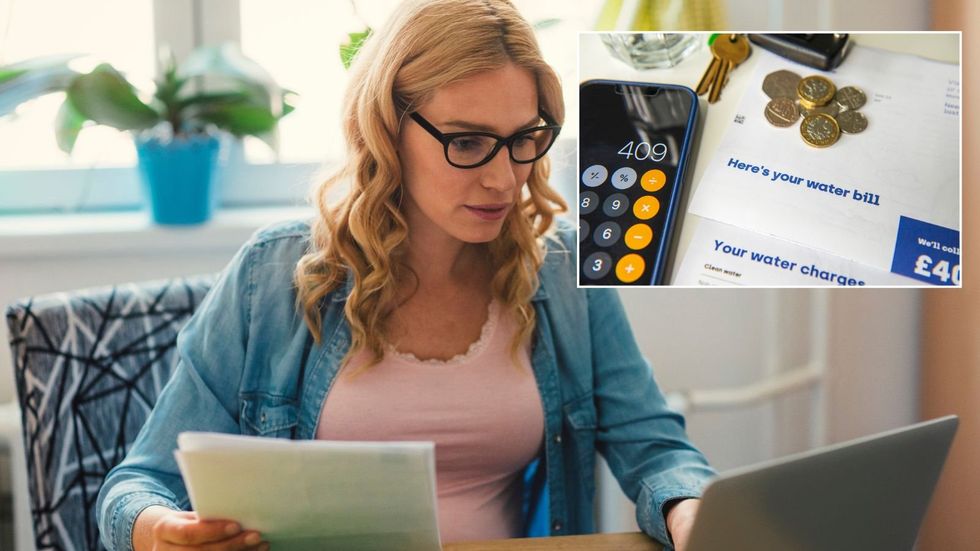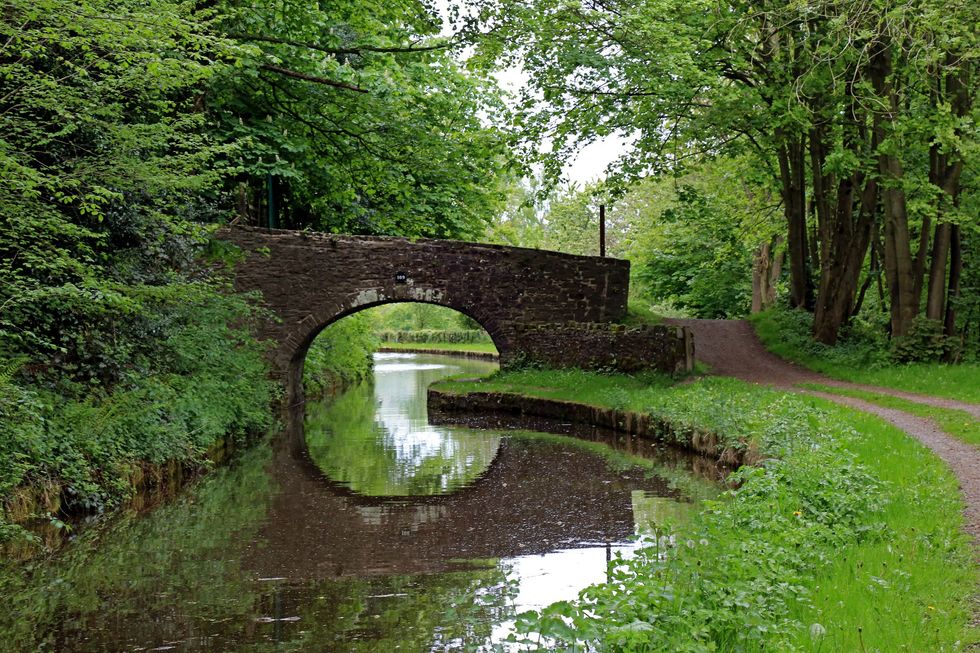Nearly one in five bill payers across England and Wales have been unable to afford their water charges over the past year, with about 2.85 million households now in debt to their suppliers.
The affordability crisis has deepened despite expanded assistance schemes, as families face growing financial pressure from rising living costs.
Research shows 11 per cent of households fell behind on payments at some point during the year.
Many have been forced to cut back on water use and other essentials to stay on top of bills.
While the impact is felt across income levels, low-income families face the most severe hardship.
Social tariff programmes provided help to 1.96 million customers last year, a 22 per cent increase in participation.
These schemes typically reduced bills by £190 per household, offering vital relief to those struggling to pay.
Even so, another 199,000 households slipped into arrears during the same period.
This deterioration occurred before April’s record charge rise, which added around £123 to annual bills – a 26 per cent increase.
More than 260,000 metered households on income-related benefits also received average savings of £325 through the WaterSure programme.

Nearly one in five bill payers in England and Wales unable to afford water charges
|
GETTY
That scheme supports larger families and people with medical needs requiring higher water use, though eligibility remains limited.
Rising costs have driven some households to extreme measures, with 35 per cent of those struggling now restricting their water consumption.
Three-quarters have cut back on bathing and showering, 63 per cent flush toilets less often and 77 per cent wash clothes less frequently.
Beyond water rationing, 42 per cent have reduced spending on essentials such as food and energy.
For nearly a third, payment difficulties began after April’s price increase.
Citizens Advice identified these trends through a survey of more than 4,000 bill payers.

Support varies sharply across regions, creating what campaigners describe as a postcode lottery for struggling households
|
GETTYThe charity raised concerns about the health and hygiene effects of such drastic cutbacks, warning that many families face “impossible choices between basic needs”.
Support varies widely by region, creating what campaigners call a postcode lottery for struggling households.
Major water and sewerage companies offer different levels of assistance, with annual bill reductions ranging from £120 to £314.
Consumer awareness also remains low, with only 16 per cent of customers saying their supplier told them about available support after April’s price rise.
Among low-income households, awareness rises slightly to 18 per cent, while 30 per cent of those rarely able to pay bills said they received such information.
The inconsistent approach means households in similar financial circumstances can receive very different levels of help depending on where they live.
Each company sets its own eligibility rules, leaving many vulnerable customers without adequate support.
Consumer groups are urging the Government to introduce a single, nationwide social tariff.

Mike Keil said customers must understand bills need to rise to clean the waterways
|
GETTY
Mike Keil, chief executive of the Consumer Council for Water, said: “Many customers understand bills need to rise to fund more reliable services and clean up our rivers, lakes and seas, but the safety net for people who cannot afford these increases is not strong enough.”
He called for “fairer and more consistent help through the creation of a single social tariff to ensure support flows to those that need it most”.
Dame Clare Moriarty, chief executive of Citizens Advice, added: “The Government has shown it’s committed to addressing the water industry’s systemic issues.
“Now it needs to create a single social tariff without delay to end the postcode lottery and make sure those who need support receive it automatically.”
